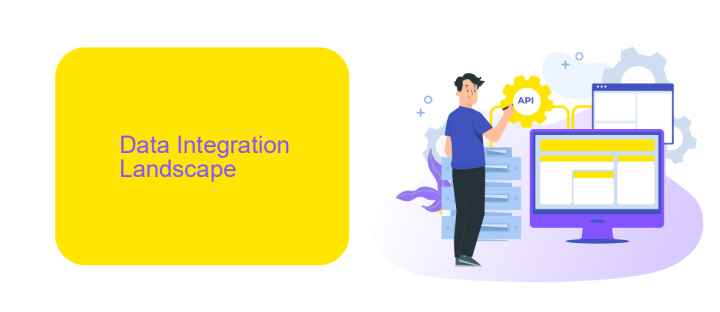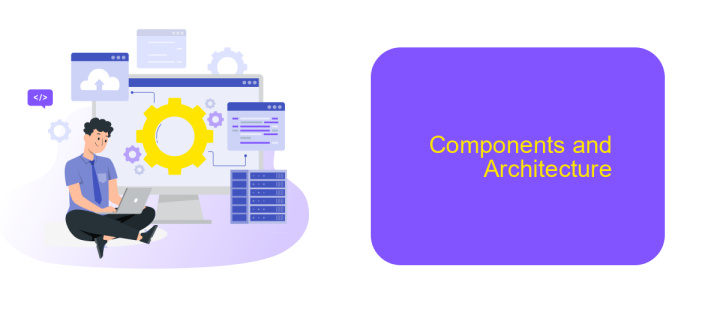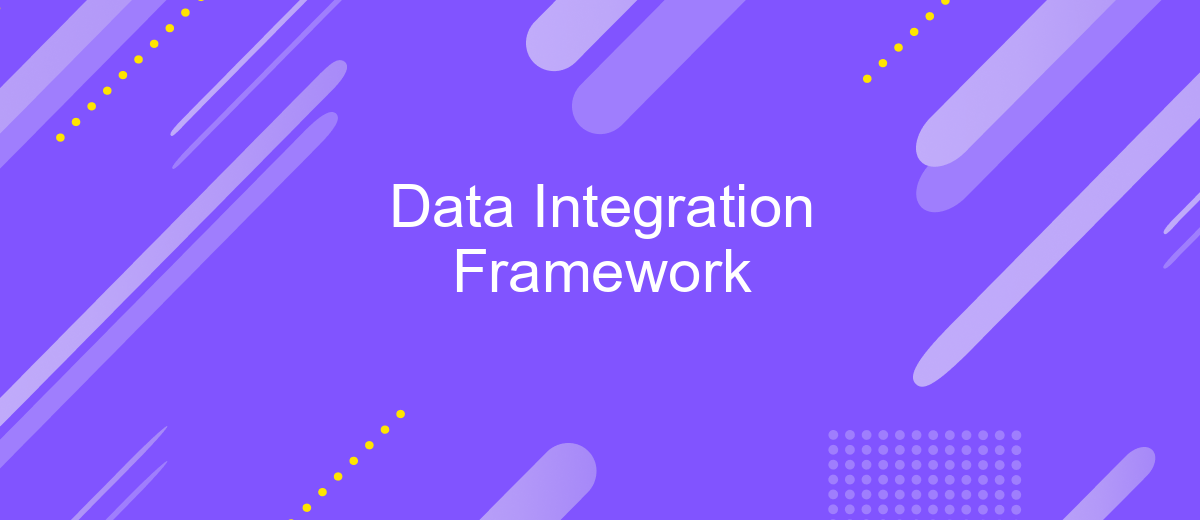Data Integration Framework
Data integration frameworks are essential tools in the modern data-driven world, enabling seamless consolidation, transformation, and analysis of data from disparate sources. By providing a structured approach, these frameworks facilitate efficient data management, ensuring that businesses can leverage their data assets for insightful decision-making and competitive advantage. This article explores the key components, benefits, and best practices of implementing a robust data integration framework.
Introduction
Data integration is a crucial aspect of modern data management, enabling organizations to consolidate data from multiple sources into a unified view. This process is essential for making informed business decisions, improving operational efficiency, and gaining a competitive edge. By integrating data, companies can ensure consistency, accuracy, and accessibility across various platforms and systems.
- Combines data from disparate sources
- Ensures data consistency and accuracy
- Enhances decision-making capabilities
- Improves operational efficiency
- Provides a unified view of data
One of the tools that facilitate seamless data integration is ApiX-Drive. This service allows businesses to automate data transfers between different applications and platforms without requiring extensive technical expertise. With ApiX-Drive, organizations can streamline their data workflows, reduce manual errors, and save valuable time. As a result, they can focus on leveraging their data to drive growth and innovation.
Data Integration Landscape

The data integration landscape is a dynamic and evolving field that involves the combination of data from different sources to provide a unified view. This process is crucial for businesses looking to make informed decisions based on comprehensive datasets. With the advent of cloud computing, big data, and advanced analytics, the need for effective data integration solutions has never been greater. Organizations are increasingly relying on automated tools and platforms to streamline their data integration processes, ensuring accuracy, consistency, and accessibility of data across various systems.
One such platform that has gained traction is ApiX-Drive, which offers a seamless way to connect different applications and automate data flows. ApiX-Drive enables businesses to set up integrations without requiring extensive coding knowledge, thus democratizing access to sophisticated data integration capabilities. By leveraging such tools, companies can focus more on deriving insights and less on the complexities of data management. As the data integration landscape continues to evolve, the role of these innovative solutions will become even more pivotal in driving business success.
Benefits and Use Cases

Data Integration Frameworks offer numerous benefits, making them essential for modern businesses. They streamline data from various sources, ensuring consistency and accuracy across platforms. This leads to improved decision-making and operational efficiency.
- Enhanced Data Quality: Integration frameworks ensure that data is clean, accurate, and consistent.
- Time and Cost Savings: Automated data processes reduce manual efforts and associated costs.
- Scalability: Easily adapt to growing data volumes and new data sources.
- Real-time Data Access: Provides up-to-date information for timely decision-making.
- Seamless Integration: Tools like ApiX-Drive simplify the integration process, connecting various systems effortlessly.
Use cases for Data Integration Frameworks span multiple industries. In healthcare, they consolidate patient records from different systems for better care coordination. In e-commerce, they integrate sales, inventory, and customer data to optimize operations. Financial services use them to unify transaction data for comprehensive reporting and compliance. With tools like ApiX-Drive, businesses can automate and manage integrations efficiently, enhancing overall productivity.
Components and Architecture

Data Integration Frameworks are essential for consolidating data from various sources into a unified view. The architecture of such frameworks typically involves multiple components that work together to ensure seamless data flow and transformation.
At the core of the framework is the data ingestion layer, responsible for collecting data from different sources. This is followed by the data processing layer, which transforms and cleanses the data. The final layer is the data storage and retrieval layer, where the processed data is stored for easy access and analysis.
- Data Ingestion Layer: Collects raw data from multiple sources.
- Data Processing Layer: Transforms and cleanses the collected data.
- Data Storage and Retrieval Layer: Stores the processed data for future use.
- Integration Services: Tools like ApiX-Drive facilitate seamless integration with various data sources.
Using integration services such as ApiX-Drive can significantly simplify the setup and maintenance of data integrations. These services offer pre-built connectors and automated workflows, reducing the need for custom coding and ensuring data consistency across platforms.
- Automate the work of an online store or landing
- Empower through integration
- Don't spend money on programmers and integrators
- Save time by automating routine tasks
Best Practices and Considerations
When implementing a Data Integration Framework, it is crucial to prioritize data quality and consistency. Ensuring that data is clean, accurate, and standardized before integration can prevent numerous downstream issues. Regular audits and validation checks should be incorporated into the integration process to maintain data integrity. Additionally, leveraging automation tools like ApiX-Drive can simplify the integration process, allowing for seamless data flow between various systems while minimizing manual intervention and errors.
Security and compliance are other critical considerations. Sensitive data should be encrypted during transmission and storage to protect against unauthorized access. Implementing robust access controls and monitoring mechanisms can further enhance data security. It is also important to stay informed about relevant regulations and ensure that your data integration practices comply with legal standards. By following these best practices, organizations can achieve a more efficient and secure data integration process, ultimately driving better business outcomes.
FAQ
What is a Data Integration Framework?
Why is Data Integration important for businesses?
How does a Data Integration Framework handle data from different formats?
What are the common challenges in Data Integration?
Are there tools available to automate Data Integration processes?
Apix-Drive is a universal tool that will quickly streamline any workflow, freeing you from routine and possible financial losses. Try ApiX-Drive in action and see how useful it is for you personally. In the meantime, when you are setting up connections between systems, think about where you are investing your free time, because now you will have much more of it.


